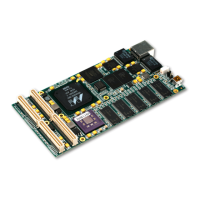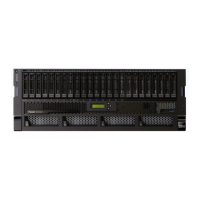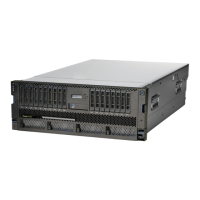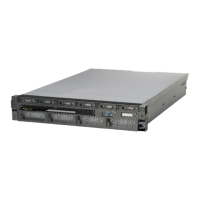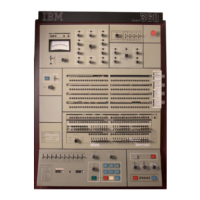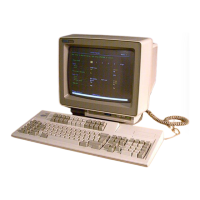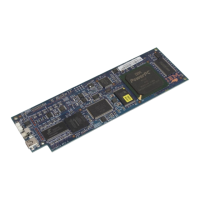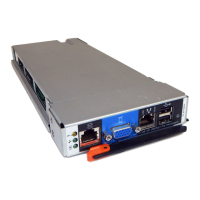3.5.1.2 Little Endian Mapping
Structure s is shown mapped little endian.
14
13
12
OxOO
Ox01
Ox02
28 27 26
Ox08
Ox09
OxOA
34
33
32
Ox10
Ox11
Ox12
'E' 'F' 'G'
Ox18 Ox19
Ox1A
I
64
63 62
Ox20
Ox21
Ox22
11
Ox03 Ox04
25
24
OxOB
OxOC
31
'A'
Ox13
Ox14
52
Ox1B
Ox1C
61
Ox23 Ox24
3.5.2 Support
for
Little Endian Byte Ordering
Ox05
Ox06
Ox07
23
22
21
OxOD
OxOE
OxOF
'B'
'e'
'0'
Ox15
Ox16
Ox17
51
Ox1D
Ox1E
Ox1F
Ox25
Ox26 Ox27
Except as noted, this book describes the processor as if it operated only
in
a big endian fashion.
In
fact, the IBM PowerPC Embedded Environment also supports little endian operation .
. The PowerPC
little endian mode, defined
in
the PowerPC Architecture, is not implemented.
3.5.3 Endian (E) Storage Attribute
The end ian (E) storage attribute supports direct connection of the PPC405GP to little end ian
peripherals and to memory containing little endian instructions and data. For every storage reference
(instruction fetch or
load/store access), an E storage attribute is associated with the storage region of
the reference. The E attribute specifies whether that region is organized as big end ian
(E
= 0)
or
little
end ian (E = 1).
When address
translation is enabled (MSR[IR] = 1 or MSR[DR] = 1), the E field
in
the corresponding
TLB entry
controls the endianness of a memory region. When address translation is disabled
(MSR[IR]
= 0 or MSR[DR] = 0), the SLER controls the endianness of a memory region.
Bytes
in
storage that are accessed as little endian are arranged
in
true little endian format. The
PPC405GP does not support the little endian mode defined
in
the PowerPC architecture and used in
PPC401 xx and PPC403xx processors. Furthermore, no address modification is performed when
accessing storage regions programmed as
little endian. Instead, the PPC405GP reorders the bytes
as they are transferred between the processor and memory.
The
on-the-fly reversal of bytes
in
little endian storage regions is handled
in
one of two ways,
depending on whether the storage access is an instruction fetch
or
a data access (load/store). The
following sections describe byte reordering for the two kinds of storage accesses.
3-30
PPC405GP
User's
Manual
Preliminary
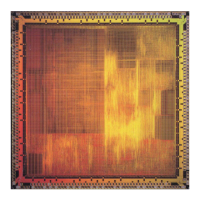
